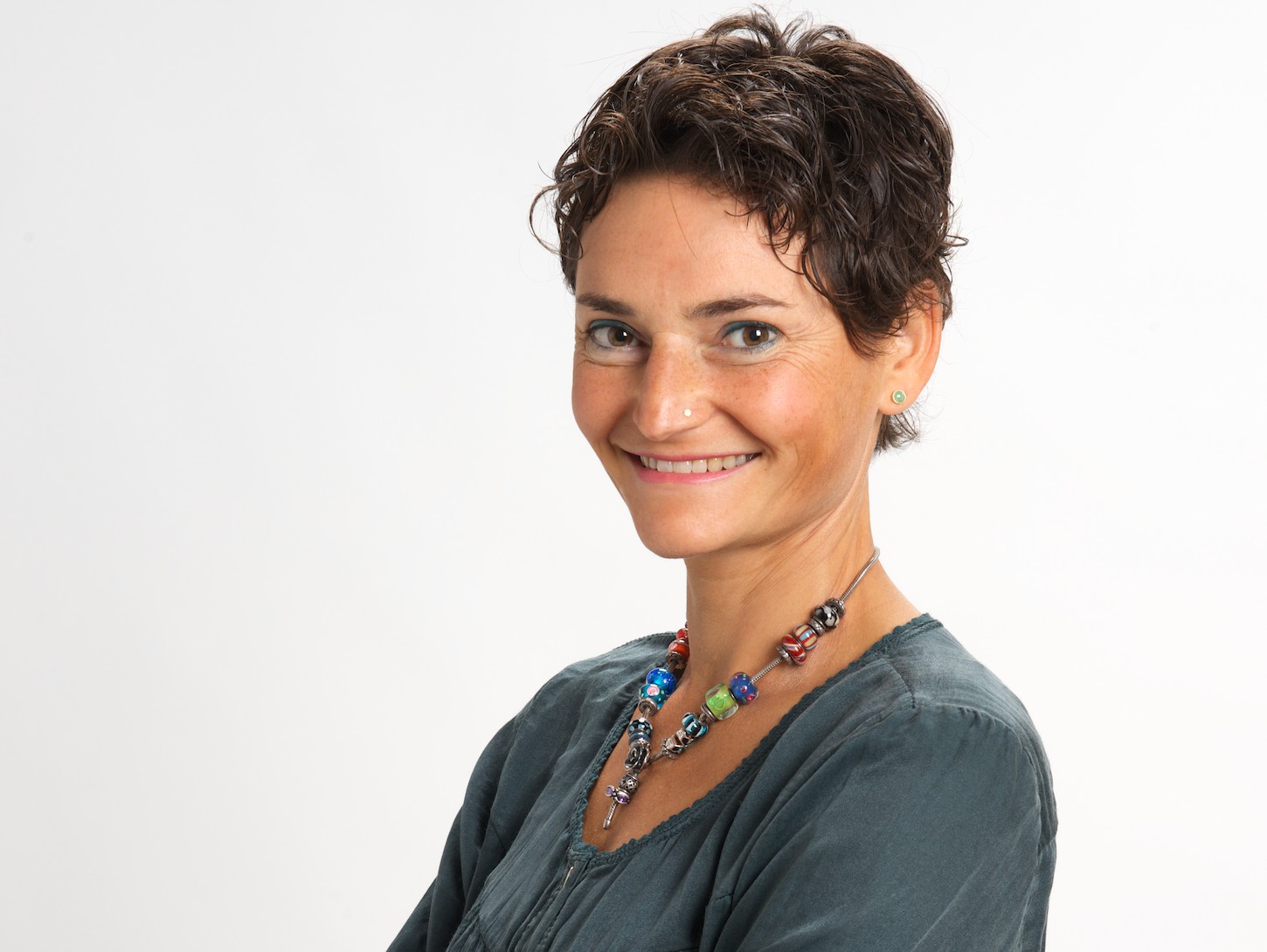
You’ve got a beautiful product. Needless to say, it deserves beautiful packaging: to contain it, to enable it to be transported hygienically, to extend its shelf life, to safeguard food safety, to attract the consumer’s attention...there are plenty of reasons – and there is plenty of choice in terms of packaging materials too. The issue of ‘sustainability’ is playing a growing role in that decision. But which type of packaging is the most sustainable one? After all, it’s not only about the ‘end-of-life’ impact; you need to consider the complete production chain. It’s a matter of weighing things up – but that’s no easy task!
The topic of waste is high on the political agenda. On 28 April 2015 the European Parliament adopted legislation which will drastically reduce the most common and most environmentally harmful plastic bags. Now you might be thinking ‘But I don’t package my product in a plastic bag’. That may well be true. Nevertheless, the alarming reports that have been appearing in the media in relation to the new law about the plastic ‘trash islands’ floating in our oceans are affecting public opinion – including about the use of plastic packaging.
Despite the huge environmental problem posed by plastic, this is dwarfed by the issue of food waste. In late April the Dutch government published its Third Monitor on food waste, which reveals that there was little improvement in terms of the amount of food wasted between 2009 and the end of 2013. In 2013 the level of waste amounted to between 1.83 and 2.71 million tons. That is not only costing money but is also placing unnecessary demands on important resources such as water and energy.
The good news is that chain innovation in terms of products and processes can contribute to a reduction in food waste. Examples include new techniques to reduce the proportion of crops left behind in the field after harvesting, cutting machines which produce less waste and innovative packaging to keep products fresher for longer. One thing’s for sure: our industry is not standing still!
Judith Witte
[email protected]
Source: Vakblad Voedingsindustrie 2015